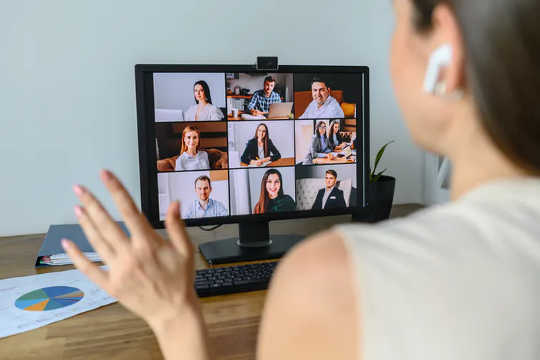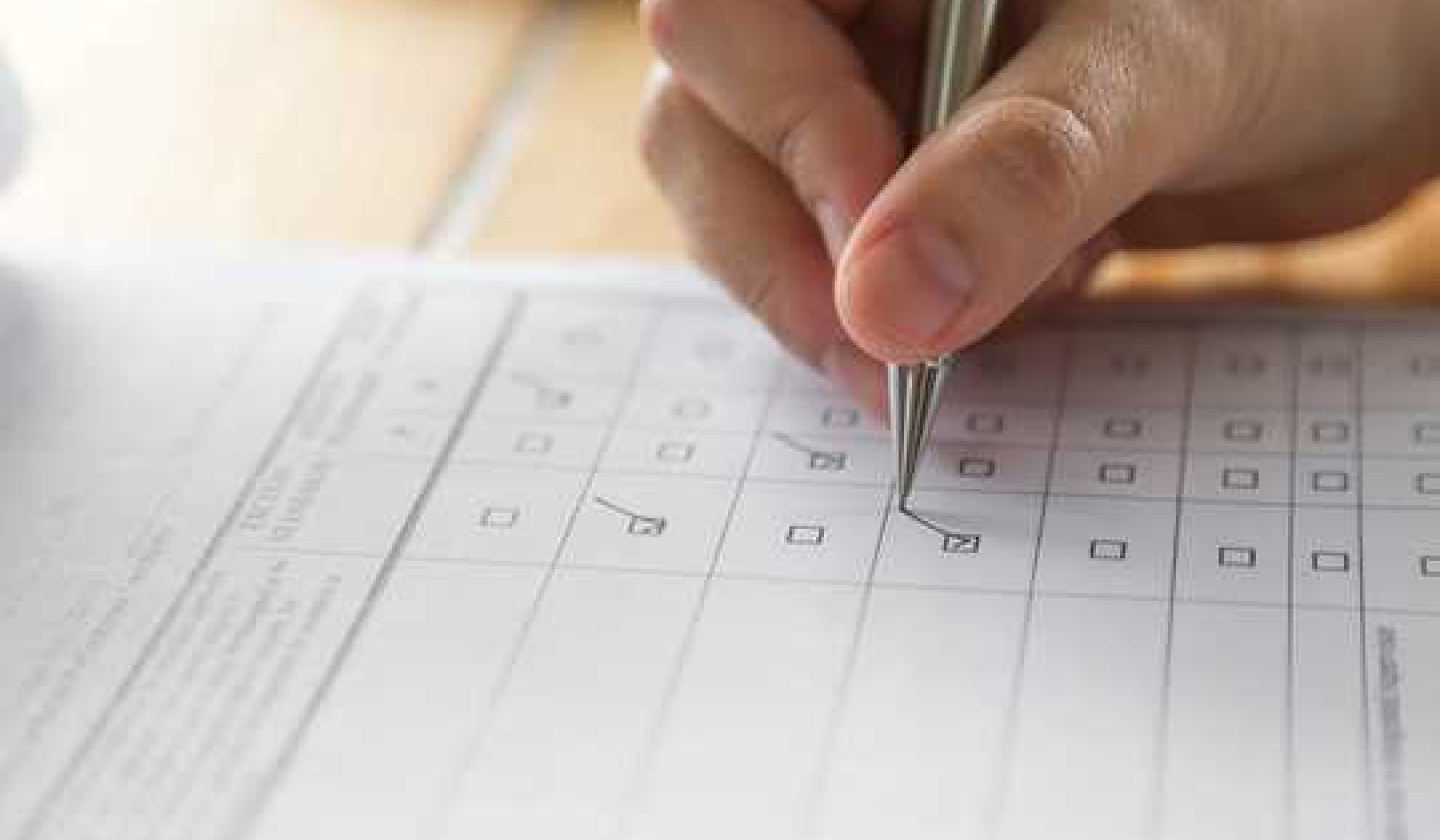The average daily time spent online by adults increased by nearly an hour during the UK’s spring lockdown when compared to the previous year, according to communications regulator Ofcom. With numerous countries back under severe pandemic restrictions, many of us once again find ourselves questioning whether our heavy reliance on technology is impacting our wellbeing.
It’s true that digital devices have provided new means of work, education, connection, and entertainment during lockdown. But the perceived pressure to be online, the tendency to procrastinate to avoid undertaking tasks, and the use of digital platforms as a way to escape distress all have the potential to turn healthy behaviours into habits. This repetitive use can develop into addictive patterns, which can in turn affect a user’s wellbeing.
In our recent research, we explored how to empower people to have healthier and more productive relationships with digital technology. Our findings can be applied to those suffering from digital addiction as well as those who may feel their digital diet has ballooned unhealthily in the solitude and eventlessness of lockdown.
Screen time and addiction
Digital addiction refers to the compulsive and excessive use of digital devices. The design of digital platforms themselves contributes to this addictive use. Notifications, news feeds, likes and comments have all been shown to contribute towards a battle for your attention, which leads users to increase the time they spend looking at screens.
Screen time is an obvious measure of digital addiction, although researchers have noted that there is no simple way to determine how much screen time one can experience before it becomes problematic. As such, there is a continued lack of consensus on how we should think about and measure digital addiction.

Many of us have turned to video conferencing to keep in touch with friends and family. shutterstock
During a global pandemic, when there often feels like no alternative to firing up Netflix, or video conferencing with friends and family, screen time as an indicator of digital addiction is clearly ineffective. Nonetheless, research conducted on digital addiction intervention and prevention does provide insights on how we can all engage with our digital technologies in a healthier way during a lockdown.
1. Setting limits
During the course of our research, we found that effective limit setting can motivate users to better control their digital usage. When setting limits, whatever goal you’re deciding to work towards should be aligned with the five “SMART” criteria. That means the goal needs to be specific, measurable, attainable, relevant and time-bound.
For example, instead of framing your goal as “I will cut down my digital media use”, framing it as “I will spend no more than one hour watching Netflix on weekdays” will enable you to plan effectively and measure your success objectively.
2. Online Support Groups
It might seem a little paradoxical, but you can actually use technology to help promote greater control over your screen time and digital overuse. One study has found that online peer support groups — where people can discuss their experiences with harmful technology use and share information on how to overcome these problems — can help people adjust their digital diet in favour of their personal wellbeing. Even an open chat with your friends can help you understand when your tech use is harmful.
3. Self-reflection
Meanwhile, increasing your sense of self-awareness about addictive usage patterns can also help you manage your digital usage. You can do this by identifying applications we use repetitively and recognising the triggers that prompt this excessive consumption.
Self-awareness can also be attained by reflecting on emotional and cognitive processing. This involves recognising feelings and psychological needs behind excessive digital usage. “If I don’t instantly reply to a group conversation, I will lose my popularity” is a problematic thought that leads to increased screen time. Reflecting on the veracity of such thoughts can help release people from addictive patterns of digital usage.
4. Know your triggers
Acquiring self-awareness on addictive usage patterns can actually help us to identify unsatisfied needs that trigger digital overuse. When we do this, we can pave the way to define alternative behaviours and interests to satisfy those needs in different ways.
Mindfulness meditation, for instance, could be an alternative way of relieving stress, fears, or anxiety that currently leads users to digital overuse. If you feel your digital overuse might simply be due to boredom, then physical activity, cooking, or adopting offline hobbies can all provide alternative forms of entertainment. Again, technology can actually help enable this, for example by letting you create online groups for simultaneous exercising, producing a hybrid solution to unhealthy digital habits.

Cooking is one alternative to unhealthy digital habits. shutterstock
5. Prioritise the social
We must also remember that our relationship with digital media reflects our inner drives. Humans are innately social creatures, and socialising with others is important to our mental wellbeing. Social media can enhance our opportunities for social contact, and support several positive aspects of mental wellbeing, such as peer support and the enhancement of self-esteem. The engagement with media to purposefully socialise during a lockdown can support our mental health, rather than being detrimental to our wellbeing.
Ultimately, technology companies also have a responsibility to both understand and be transparent about how the design of their platforms may cause harm. These companies should empower users with explanations and tools to help them make informed decisions about their digital media use.
While we may consider this as a legitimate user requirement, technology companies seem to be at the very early stages of delivering it. In the meantime, reflecting on when and why we turn to our screens is a good basis upon which to form positive digital habits during new lockdowns imposed this year.
About the Authors
John McAlaney, Associate Professor in Psychology, Bournemouth University; Deniz Cemiloglu, Researcher, Bournemouth University, and Raian Ali, Professor, College of Science and Engineering, Hamad Bin Khalifa University
This article is republished from The Conversation under a Creative Commons license. Read the original article.
























